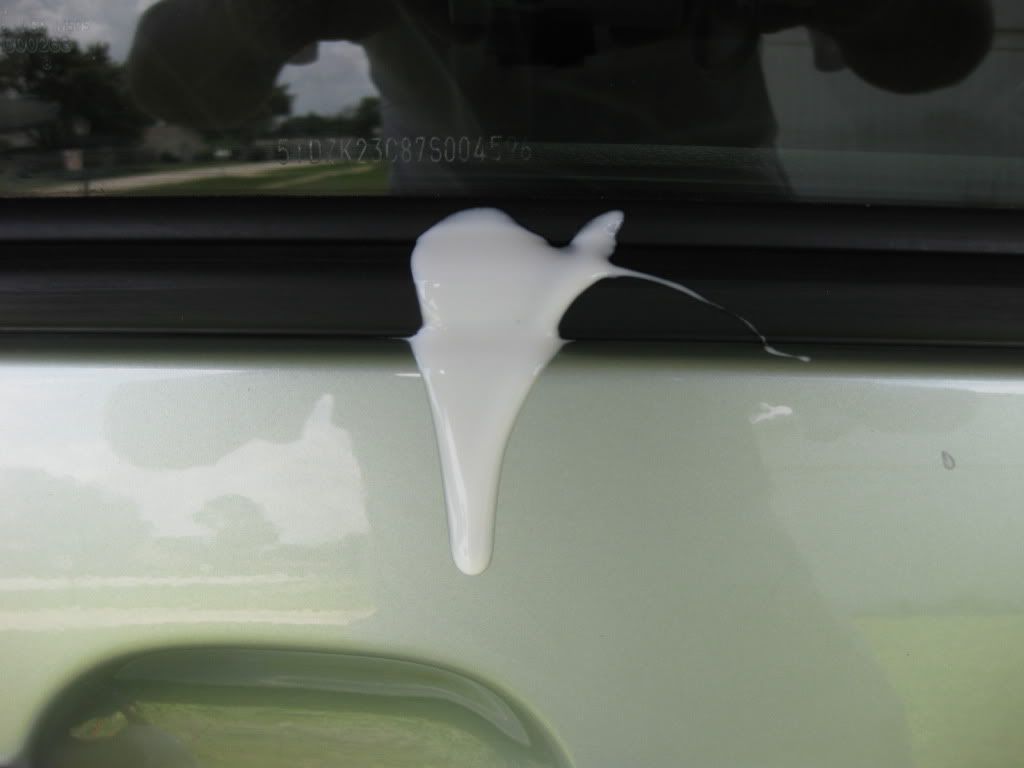On my C5 Corvette the weather stripping around the windshield and back glass is a hard rubber, shiny, nonporous material. It has an oxidized look to it now from the Texas sun. Is there a procedure to help restore this at least somewhat until I can get around to replacing them? Since it isn't porous it doesn't seem to take to rubber and vinyl protectant well and if I get compound on them the oxidization seems to just collect it so I haven't tried really polishing it with compound.
Thanks.
Thanks.




